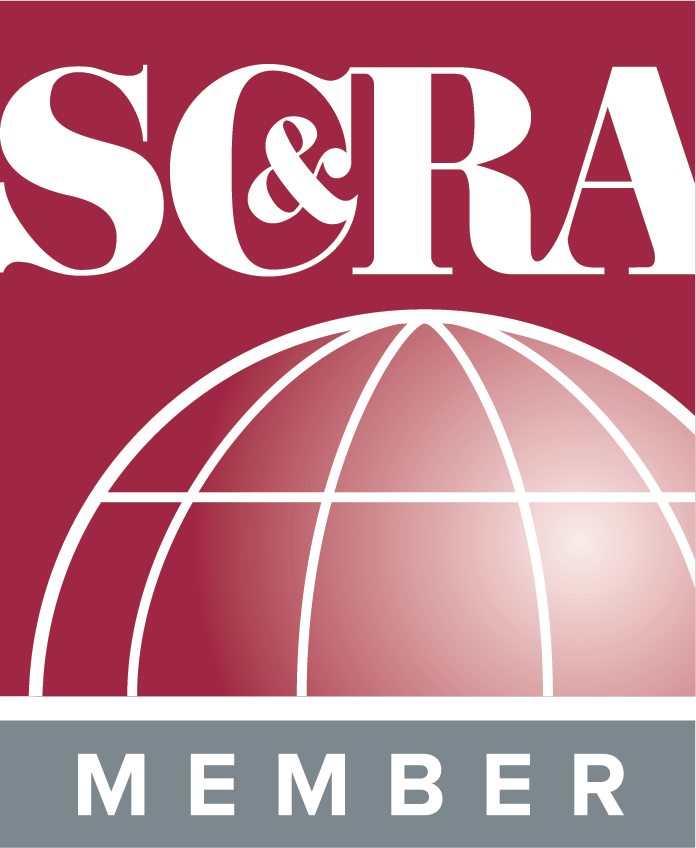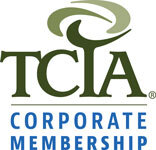Besides interest rate increases, the most frequent topic customers and potential customers ask is, “What is the credit like today?”
Due to bank shutdowns, constant media bombardment about a possible recession, and an uptick in fraud, lenders are proceeding cautiously. Are they lending? Yes! However, lenders are asking more questions and requesting more information. So it takes a bit longer to get a deal done.
Here are some of the questions we hear most frequently. Hopefully, the answers will help you be pre pared and understand what to expect.
How can a borrower help the process go smoothly?
Tell us your story. We want to understand your background, how you started your company, what you see happening in your market, and what you anticipate your business to do in the year ahead. Provide a complete, legible credit application. Taking the time to complete the application may alleviate some questions once the file is in credit review.
Why am I asked to provide financial information?
There are several reasons that company financial information may be requested:
- The company does not have comparable borrowing (In this case, financial information or bank statements may be requested).
- The requested finance amount is above the application-only limit of $650,000.
- The purchased equipment is new to the fleet and will replace rented equipment. In this case, the financials may show what the company is currently spending on rented equipment, which can be compared to the monthly financing payment.
Next Step
What can I expect once my credit is approved, and what steps can I take to be prepared?
Suppose you are purchasing from a licensed dealer. In that case, the dealer will pro vide an invoice with all the pertinent information about the equipment you are buying, such as year, make, model, and serial or vehicle identification number (VIN) for all of the components; as well as the purchase price plus any additional costs, such as sales tax, delivery, title fees, etc. These transactions are typically quicker and easier.
What if I’m buying from a private party?
Due to the lack of equipment, we are witnessing a significant increase in private party or user-to-user transactions. Lending for these transactions can proceed smoothly if you have the correct information and a little patience. You’ll need to provide the same information you would if you were buying from a dealer, plus a few additional items:
We may request a copy of the seller’s original invoice from when they purchased the equipment. This is requested to trace the purchase back to a licensed dealer and, if it is a non-titled piece, to serve as proof of ownership.
If the seller has the unit financed, we will request a current payoff. At funding, we will pay that lender off directly and fund the balance to the seller. We want to ensure the lender receives the due amount and can promptly release the lien.
We will also likely require a sight inspection of the equipment. The inspection ensures that the equipment with the correct VIN/ serial numbers matches what the buyer is buying and is in working condition.
A lien search on the seller will be ordered and reviewed for any outstanding liens on the purchased equipment and any “blanket” liens filed against the seller.
What are Blanket Liens?
These liens are not specific to one piece of equipment. They encompass all the equipment, inventory, etc., the seller owns.
Any lender who has filed a blanket lien must provide a lien disclaimer to ensure that the buyer is protected and that the equipment being purchased and financed is free of these blanket liens.
Generally, blanket filings are put in place if the seller has a line of credit with a bank or has an SBA loan/EIDL loan. All parties need to be patient, as it may take time to get the proper signatures on the required lien disclaimers.
Next Steps for Any Loan
Documentation: The buyer (borrower) will be asked for a copy of driver’s licenses for anyone who must sign documents. This ensures that the signers’ names are correct and legal.
Documents are sent via email or DocuSign for signatures. Emailed documents may be returned via scan and/or as original copies.
Proof of insurance: Lenders will require the collateral to be properly insured, and the lender is listed as the Loss Payee and Additional Insured.
Review of documents for funding: The lender’s funding department reviews the signed documentation package to ensure all documents are signed correctly and the file is ready to be funded. During this review, patience may be needed. It takes time to be sure all the i’s are dotted and the t’s are crossed. Additionally, corrections may sometimes be necessary, which adds time to the process.
Verbal funding authorization: Once the documentation review has been completed, the lender may contact the buyer and seller to confirm the transaction details and the wire transfer information. If all is in order, the wire transfer will be released.
Use a Professional Lender
When purchasing something as valuable and important as heavy equipment, it’s essential to work with a knowledgeable professional who has experience in your industry and understands your type of business and the specific equipment you need. That kind of knowledge and understanding helps the borrower get the most from their investment and makes the process go as smoothly and as quickly as possible.

